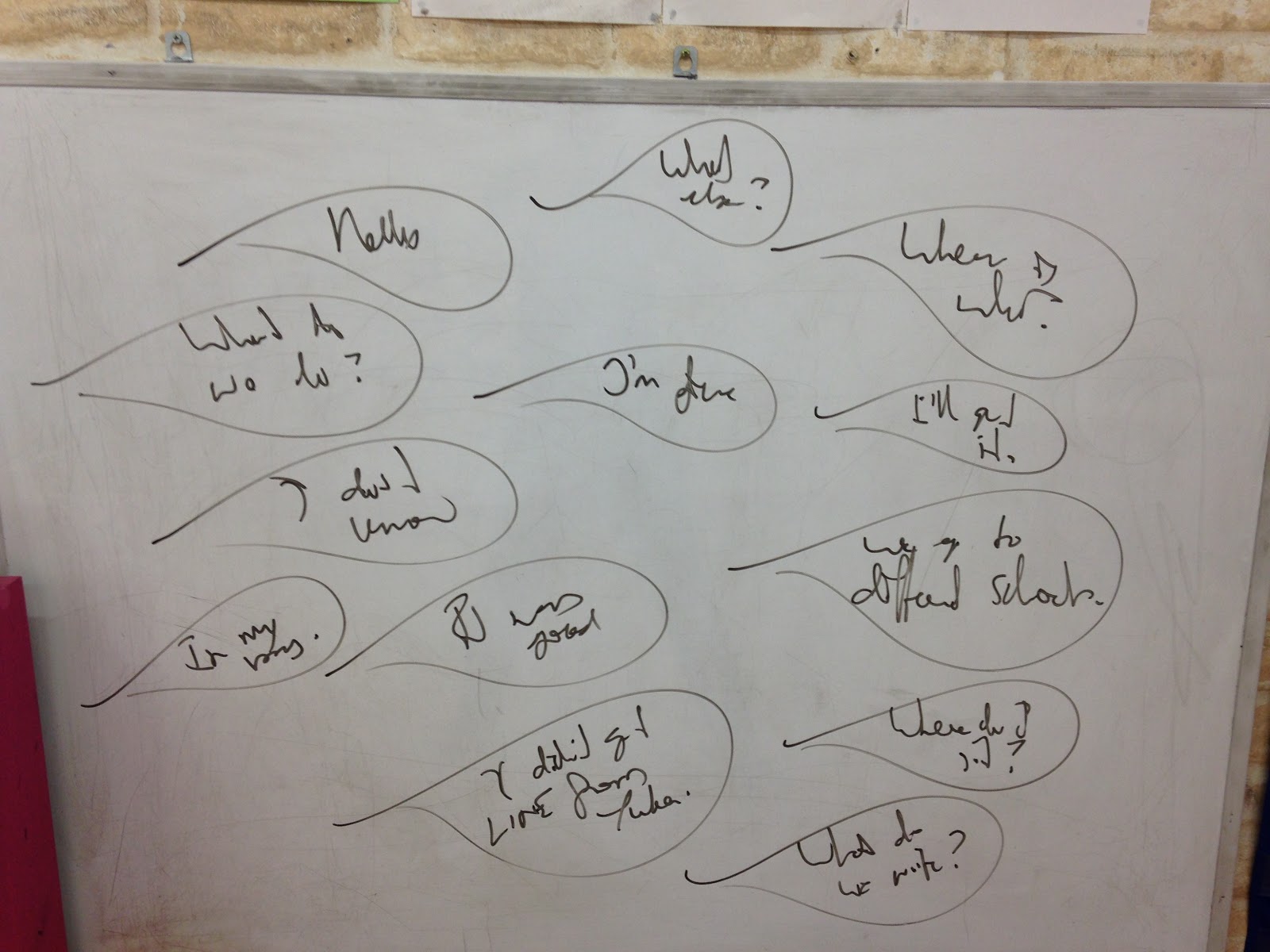

- 54. 10 Useful Pieces of Advice for Teaching with LEARNING WORLD #9 & 10
- 55. “Happy New Year!” “I don’t say that.”
- 53. Halloween 2019
- 52. READY Workbook Pg. 17
- 51. English-Uplift 1-Day Seminars
- 50. READY Workbook - vocabulary copying activity
- 49. 10 Useful Pieces of Advice for Teaching with LEARNING WORLD #8
- 48. 10 Useful Pieces of Advice for Teaching with LEARNING WORLD #7
- 47. 10 Useful Pieces of Advice for Teaching with LEARNING WORLD #6
- 46. 10 Useful Pieces of Advice for Teaching with LEARNING WORLD #5
- 45. 10 Useful Pieces of Advice for Teaching with LEARNING WORLD #4
- 44. 10 Useful Pieces of Advice for Teaching with LEARNING WORLD #3
- Kindergarten aged students
- Lower Elementary-school aged students
- Upper Elementary-school aged students
- Junior High and older students
- Others
17. JUNIOR HIGH STUDENTS (Part 2.)
Please read Part 1 for the full details on the compromise I had to find with the students of my JH classes. Their need for my classes to contain ”more reading and writing activities” and ”more Japanese explanation of grammar rules” was I felt more of a perceived need rather than an actual need, but my school’s need to make sure students don’t quit is very real, so I found a comfortable compromise for all of us. And as part of that compromise I tried an interesting idea recently…
Within the first 15 minutes of the lesson I had managed to generate the following English from the students:
Hello.
I’m fine.
It was good.
Where is who?
I don’t know.
We go to different schools.
I didn’t get LINE from Yuka.
In my bag
What else?
I’ll get it.
Where do I sit?
What do we do?
What do we write?
At the 15 minute mark I had the students sit together and brainstorm all the English they had used in the last 15 minutes, since entering the classroom. I wrote each expression on the whiteboard as the students recalled it – however as you can see from the photo, my writing was (deliberately) messy.
I then had the students write all the expressions in their notebooks.
Now, the scrawl on the whiteboard was clear enough to remind students what expressions to write, but it was too messy to provide details like spelling. As the students wrote each one in their notebooks they helped each other with spelling and there was discussion among themselves about grammar structures and rules. As they worked, more English expressions were generated:
What does this say?
Move please, Matthew. I can’t see the whiteboard.
Which one?
I wrote it.
I didn’t say anything.
etc.
All were added messily to the list on the whiteboard and subsequently to the list in the students’ notebooks.
The lesson became truly representative of the compromise I had reached with the students. It involved writing, grammar discussion, and most importantly, real English communication.




















